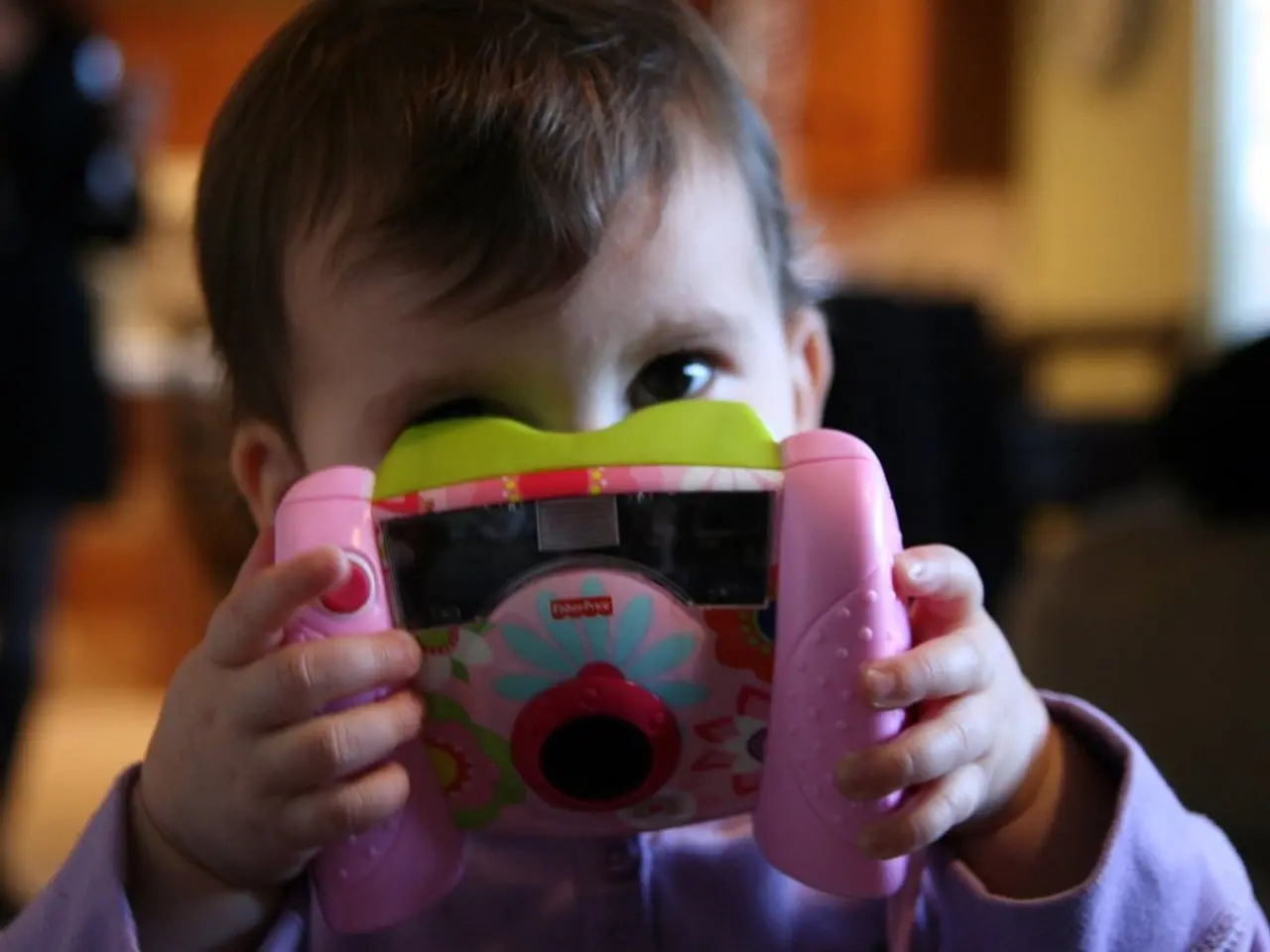Disintegrative Childhood Psychosis: Characteristics, Signs, and Therapy Approaches
In a significant shift in diagnostic criteria, Childhood Disintegrative Disorder (CDD) is no longer a separate diagnostic category. Instead, it has been subsumed under the broader diagnosis of Autism Spectrum Disorder (ASD) in the latest DSM-5-TR and ICD-11.
According to the DSM-5-TR (2022), ASD diagnosis now considers early developmental onset, social communication deficits, and restricted/repetitive behaviors. The severity is graded dimensionally, and former diagnoses like CDD have been merged into ASD.
Similarly, ICD-11 does not list CDD as a distinct entity but includes it within the spectrum of pervasive developmental disorders under the autism umbrella. This reflects a modern understanding that these disorders share core features, and symptom severity and developmental course better define individual presentations than separate categorical labels.
CDD typically affects children who have developed until at least age 2 in verbal and nonverbal communication, social relationships, play, and adaptive behavior. Between the ages of 2 and 10 years, children with CDD experience a significant loss of previously acquired skills in two or more areas such as expressive and receptive language, social skills, adaptive behavior, play, motor skills, bladder or bowel control. Symptoms of CDD start between ages 2 and 10 and can be gradual or abrupt.
It is essential to note that CDD is a rare disorder. Treatment for CDD is similar to that of ASD and is tailored to the individual's disabilities, needs, and educational requirements. Behavioral therapy, cognitive behavioral therapy, family counseling, and education can all play a crucial role in managing the disorder.
If parents or caregivers suspect their child may have symptoms of CDD or ASD, they should contact a doctor for a thorough evaluation and potential collaboration with a team of healthcare professionals, including child neurologists, developmental pediatricians, speech-language pathologists, child psychologists and psychiatrists, educational specialists, and occupational therapists.
While regression is not part of the criteria for an ASD diagnosis in the DSM-5-TR, the eleventh revision of the International Classification of Diseases includes "loss of previously acquired skills" under its specifiers for characterizing features within the autism spectrum.
In conclusion, the latest diagnostic manuals have merged Childhood Disintegrative Disorder into the broader Autism Spectrum Disorder, recognizing the shared core features and the importance of considering symptom severity and developmental course in diagnosis and treatment.
Read also:
- Persisting Myth about Lightning Safety Continues to Pose Risks Despite Disproving
- Catastrophic blast at US Steel facility in Pennsylvania claims two lives, injures ten individuals
- Swiss sleep monitoring platform facilitates proactive identification of impending COVID-19 flare-ups
- Uniclinics Predicted to Face Financial Shortfall Amounting to Millions in 2025






